5 Tips For Prepping And Cooking Homegrown Veggies
As an Amazon Associate and member of other affiliate programs, I earn from qualifying purchases.
What’s the good in growing food if you don’t get to eat it, right? It’s one thing to know how to garden, and it’s another to make delicious meals out from it.
So here are some tips I’ve learned for handling, prepping, and cooking homegrown veggies.
Don’t Leave Them On The Plant Too Long
With a few exceptions, younger fruit is tastier than older ones. So don’t hesitate to harvest your crop to get the most flavor out of it.
Broccoli, cauliflower, okra, summer squash, cucumbers, eggplant, peppers, and greens are all edible (and taste better) when they’re young. You can even eat baby squash with the flowers.
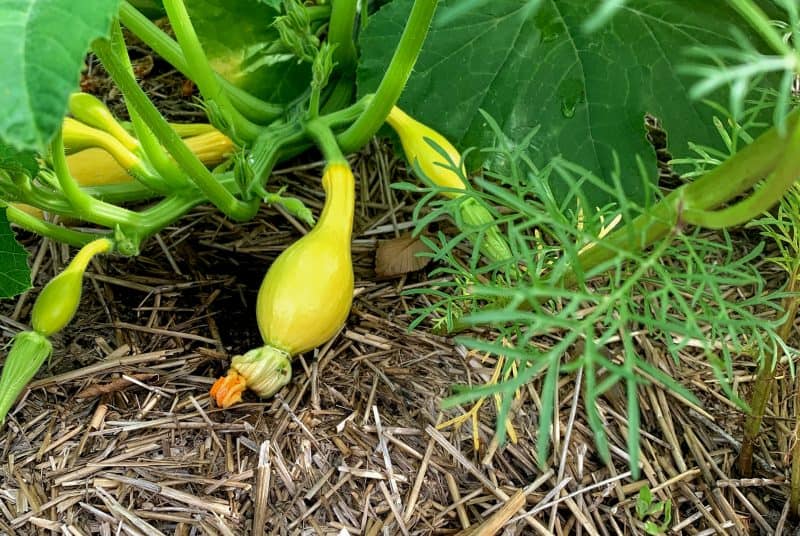
Picking your fruit encourages plants to make more, so go ahead and take it whenever you’re ready to eat it. And don’t wait too long. Old squash, zukes, eggplant, okra, and cucumbers are particularly unsavory when they get too old.
Veggies that should be left on the plant to become fully ripe include pumpkins/winter squash, melons, and tomatoes (unless you’re cooking with green tomatoes).
Wash Homegrown Veggies Appropriately
For the most part, I do not worry much about washing our veggies. We don’t use chemicals so I don’t have to think about getting rid of anything like that.
Tomatoes, peppers, and squash are pretty much clean when you pull them off the plant. A quick rinse with tap water is plenty to get them ready for cooking.
But there are a few veggies that need special treatment or additional care.
I like to put broccoli, cauliflower, Brussels – in a bowl of water for a few minutes. The idea is that if there are any little bugs or bits of soil in the heads, it will all float or sink out.
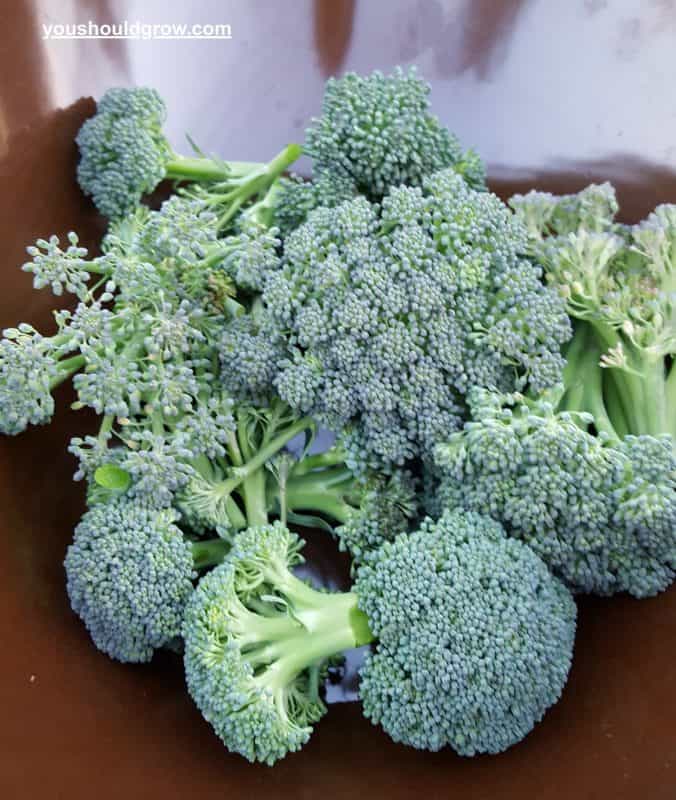
Having said that, I admit that when the heads come off clean and look good, sometimes I skip this step, and I haven’t died yet.
We southerners love our turnip and collard greens, but if you’ve never cooked with them before you might not know they need to be soaked for a good while before you cook them. This is one where I would never skip the soaking.
In fact, we soak them for a while then pour out the water and soak them again. Skip this step and you will surely end up with lots of grit in your cooked dish.
Know Whether To Peel Or Not To Peel Veggies
This is something that is primarily a personal preference. Most fruits and veggies have edible skins.
For example, I’m a big potato skin fan. I make mashed potatoes and potato salad with the skin on all the time. I especially like to leave the skin on red potatoes when I cook with them.
Summer squash and zucchini are the same. It’s perfectly fine to cook them with the rind on or peel it if you prefer.
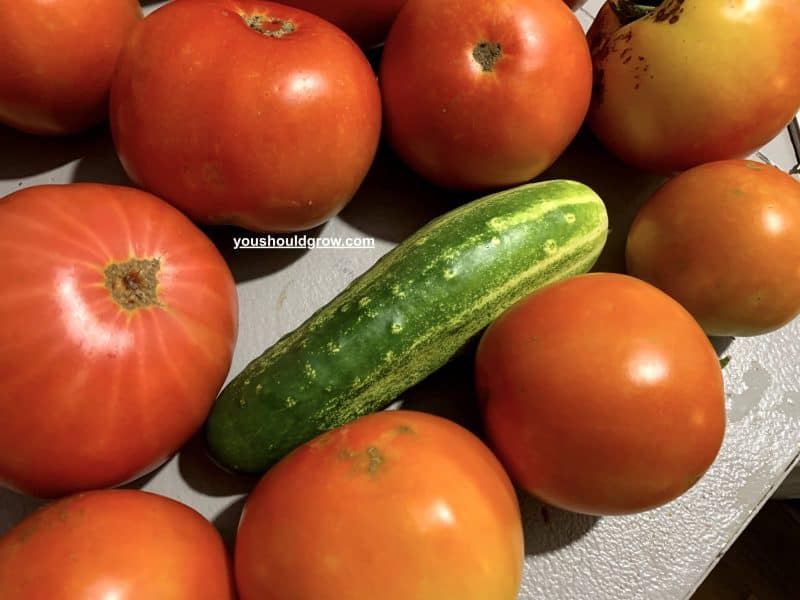
With cucumbers and eggplant, a lot of times peeling the skin will cut out some of the bitterness. So I do usually peel cukes and eggplant although it’s not necessary.
When cooking with apples, pears, peaches and similar fruits, I like to peel the skin off even though I would leave them on for eating fresh. It’s totally a personal preference.
However, some veggies/fruits do have inedible rinds. Winter squash, pumpkins, and watermelons come to mind. It’s fine to cook them in the rind – as you would for roasting whole squash or pumpkins, but you should remove the rind to use in your meal.
How To Avoid Mushiness
Some veggies are prone to becoming mushy when cooked, and nobody wants to eat mush. To avoid mushy, one thing to do is cook out the water before you add your fat.
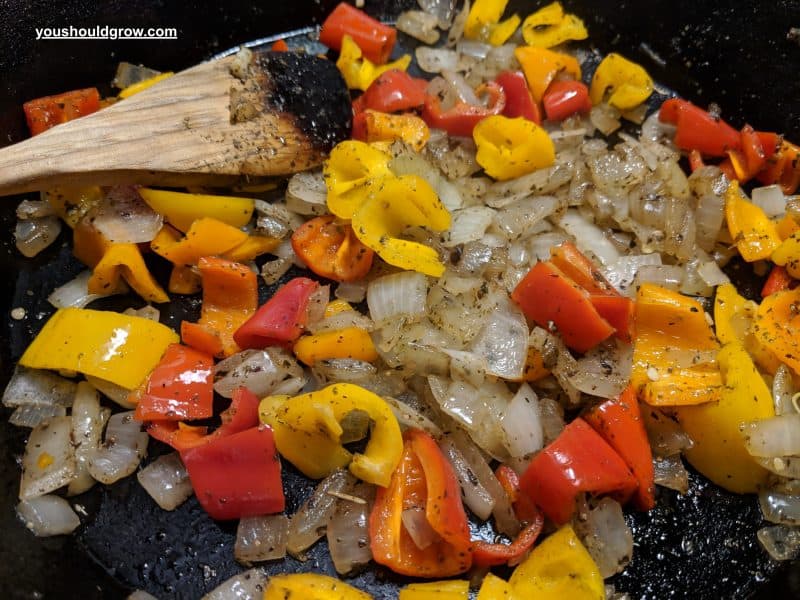
For example, I brown onions and peppers in the skillet for a few minutes to steam out the water. Once they start to brown a little, I’ll add butter and let them finish cooking.
The other thing is not to over cook them. I like for my veggies to maintain some texture, so I pull them off the heat before they lose all their structure.
Just like many enjoy an al dente noodle, leave a little tooth to your veggies when you cook them for improved flavor.
This is especially important if you are steaming veggies. Overcooked steamed veggies are about the most bland and mushy thing you can eat.
Bring Out Their Flavor
Here are my go to methods for bringing out the flavor of home grown veggies:
Salt – Too much salt is a bad thing, but just the right amount of salt brings out the flavor of veggies really nicely. We like to use course ground pink Himalyan salt vs table salt, but used correctly, they both have the same effect.
Browning – whether roasted in the oven or sauteed in a skillet, getting a little bit of browning to your veggies will concentrate the sugar content which improves their flavor.
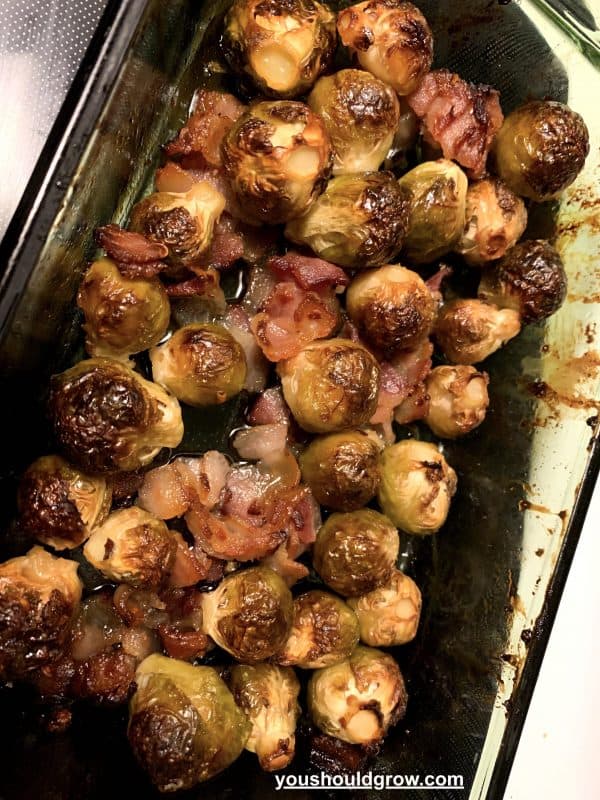
Fat – If you grew up in the 90s like I did, you learned that fat = bad. But more and more we are learning that fat is not as bad as we used to think. Plus, it’s delicious. Depending on what I’m cooking, olive oil or real butter are my favorite fats.
Bacon fat – I thought it deserved its own category because it’s really not the same as butter or olive oil. Bacon fat imparts its own smokey flavor that does nothing but good things for pretty much any vegetable.
How do you use your homegrown veggies?
Share your experience in the comments below.


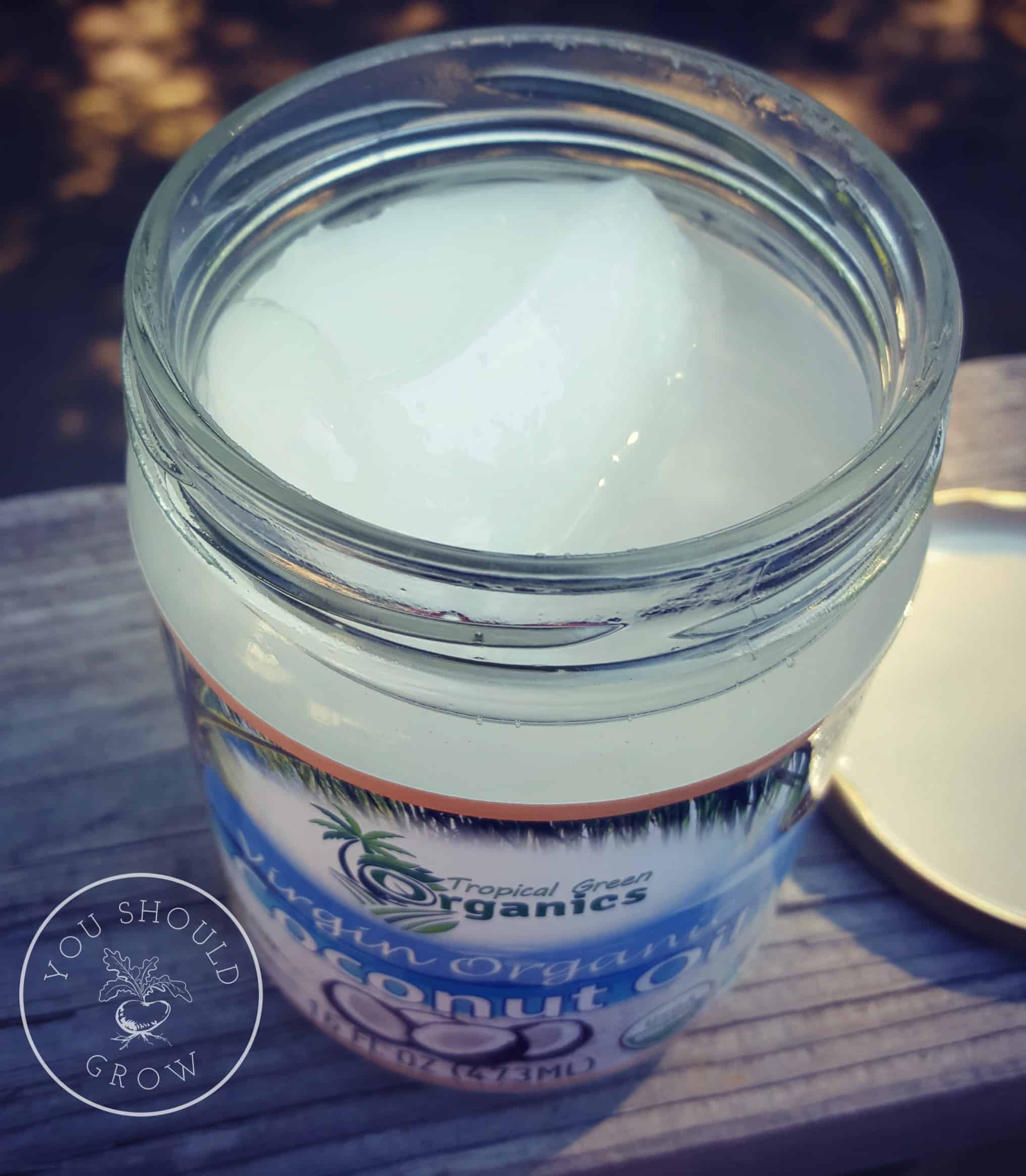

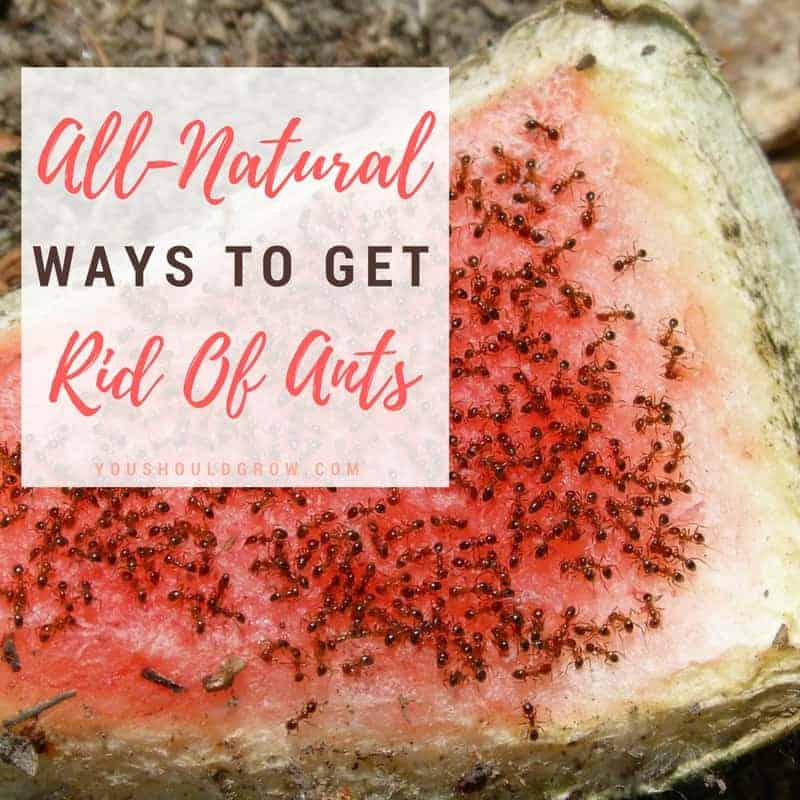

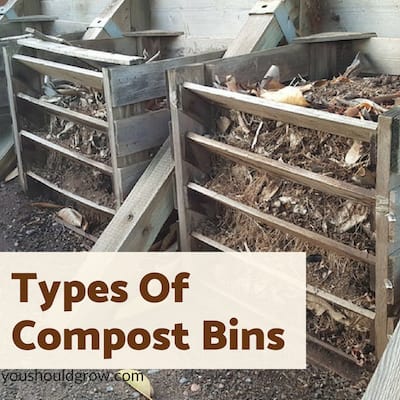

Growing tomatoes in a greenhouse this winter. What’s the secret to getting them to ripen? Temps not lower than 50 degrees at night. thanks
Lots of sunlight (real or artificial) and moderate temps are the secrets to growing tomatoes in the greenhouse through winter.
I will start to grow some vegetables this year. This article is vey useful for me. Thanks.